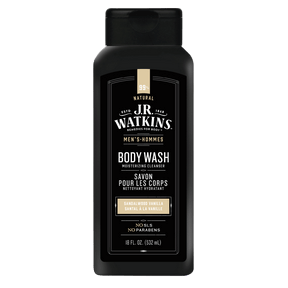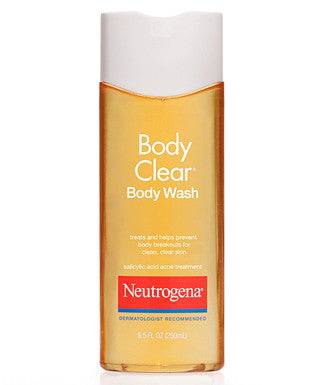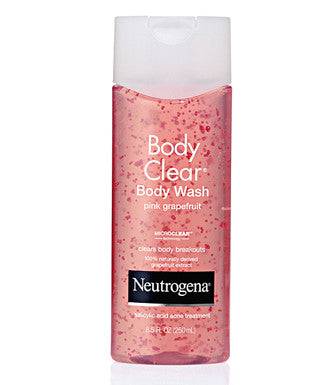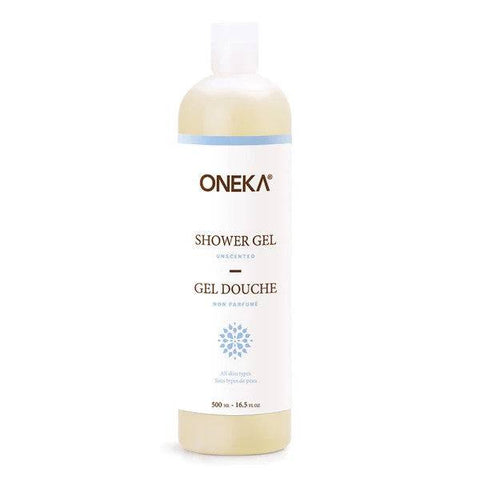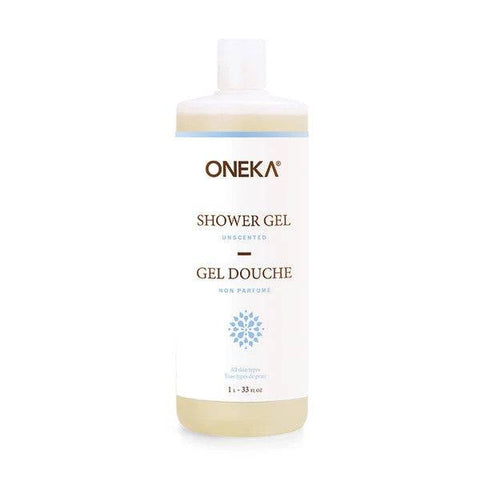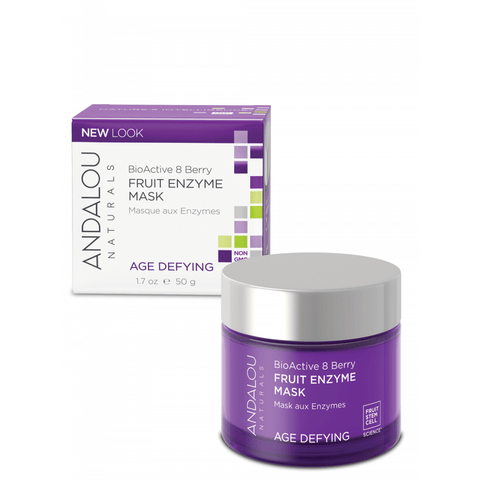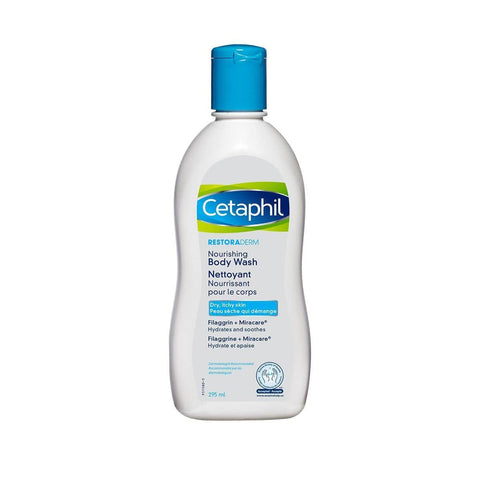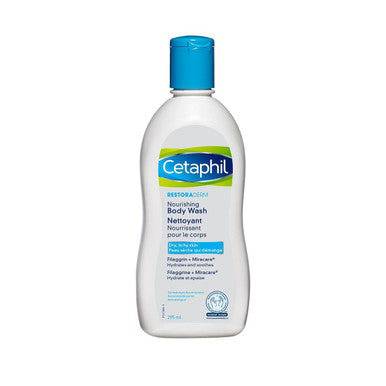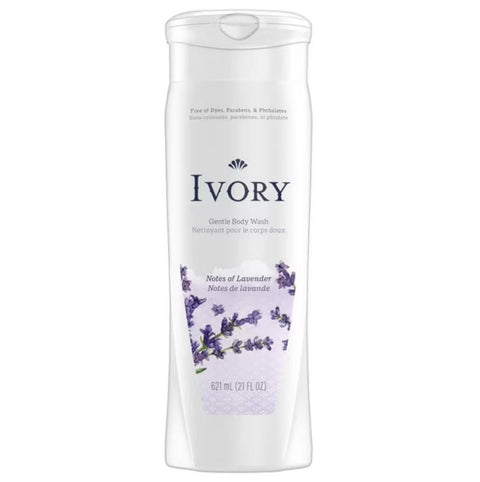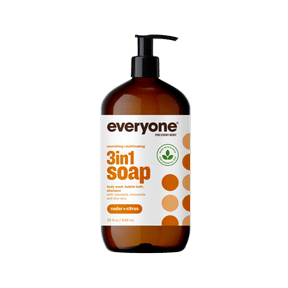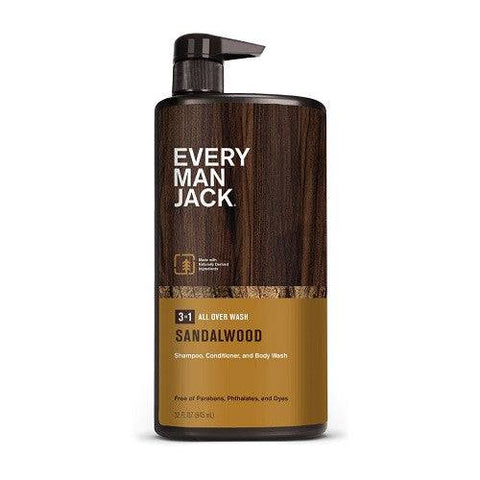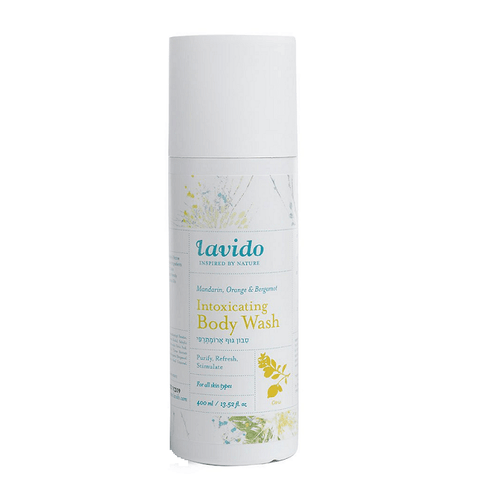Body wash and shower gel products are a staple in most bathrooms, offering a convenient way to cleanse and care for your skin in the shower or bath.
Product Features
- Fragrance, Scent, Aroma: These terms describe the smell of the body wash. Options range from floral and fruity to invigorating mint or calming lavender. Scents can be natural (essential oils) or artificial (perfumes).
- Lather, Foam: This describes how the body wash reacts with water to create bubbles. Some people prefer a rich lather for a clean feeling, while others prefer a lighter foam.
- Texture, Consistency, Viscosity: These terms describe how the body wash feels. Gels are lighter and runnier, creams are thicker and richer, and foams are airy and whipped.
- Color: Body washes come in various colors, often related to the scent or ingredients. It can be a visual indicator but doesn't necessarily impact performance.
- Formula: This refers to the overall composition of the body wash, including ingredients and their proportions. Formulas can be targeted for specific needs like hydration, exfoliation, or sensitive skin.
- Ingredients: The building blocks of the body wash. Look for ingredients that address your needs, such as moisturizers (shea butter, aloe vera) or exfoliants (sugar, pumice).
Packaging
- Bottle: The container that holds the body wash. It can be made from plastic, recycled materials, or even metal.
- Pump, Cap, Nozzle, Dispenser: These mechanisms control how the body wash is dispensed from the bottle. Pumps are popular for ease of use, while flip-top caps might be more travel-friendly.
Product Types
- Gel: The most common type, offering a lightweight and refreshing feel.
- Cream: Thicker and richer than gels, providing more intense hydration.
- Foam: Pre-lathered formula that's dispensed as a cloud of foam.
- Scrub: Contains exfoliating particles to remove dead skin cells.
- Exfoliating: May contain physical or chemical exfoliants to remove dead skin and promote smoother texture.
- Moisturizing: Formulated with ingredients like hyaluronic acid to hydrate and prevent dryness.
- Hydrating: Similar to moisturizing, focusing on replenishing the skin's water content.
- Nourishing: Provides essential nutrients like vitamins and antioxidants to promote healthy skin.
- Refreshing: Often contains invigorating scents like mint or citrus to leave you feeling awake and energized.
- Cleansing: The primary function of body wash, removing dirt, oil, and sweat.
Sensory Attributes
- Soft, Silky, Smooth: Describe a luxurious feel on the skin.
- Rich, Luxurious: Indulgent textures that feel pampering during showering.
- Thick, Light: Describe the body wash's consistency. Thicker formulas may be more moisturizing.
- Mild, Fresh, Invigorating: Describe the scent and overall experience.
Usage
- Daily, Routine: Body washes are designed for regular use in your shower or bath routine.
- Shower, Bath: Can be used in both showers and baths.
- Morning, Night: Suitable for use at any time of day. Some may have specific benefits for morning (invigorating) or night (soothing).
- Travel-size: Smaller versions for taking on trips.
- Refillable: Eco-friendly option where you can refill the bottle with product.
- Portable: Convenient for travel or keeping in a gym bag.
Branding
- Premium, Natural, Organic: Highlighting the quality or ingredients of the body wash.
- Eco-friendly, Sustainable: Focuses on the product's environmental impact.
- Vegan, Cruelty-free: Appeals to consumers with specific ethical preferences.
- Hypoallergenic, Dermatologist-tested: Indicates the product is less likely to cause irritation.
- Paraben-free, Sulfate-free: Free from certain ingredients that can be irritating to some people.
Miscellaneous
- Long-lasting: Describes a fragrance that stays noticeable on the skin for an extended period.
- Residue-free, Rinse-off: Doesn't leave a greasy or filmy feeling on the skin after rinsing.

















